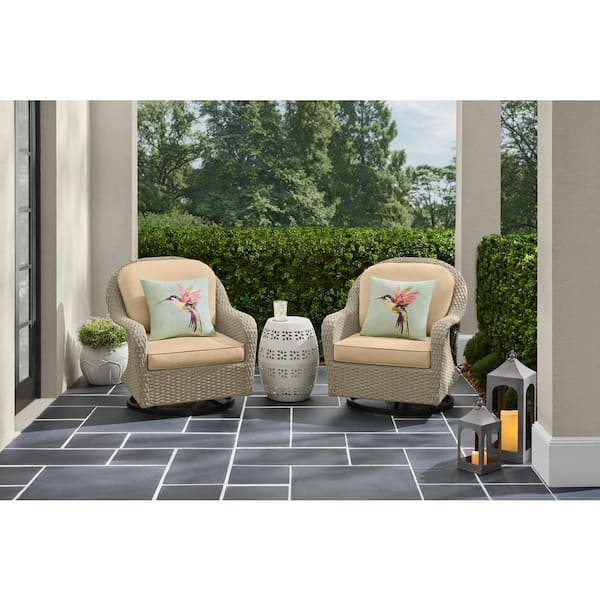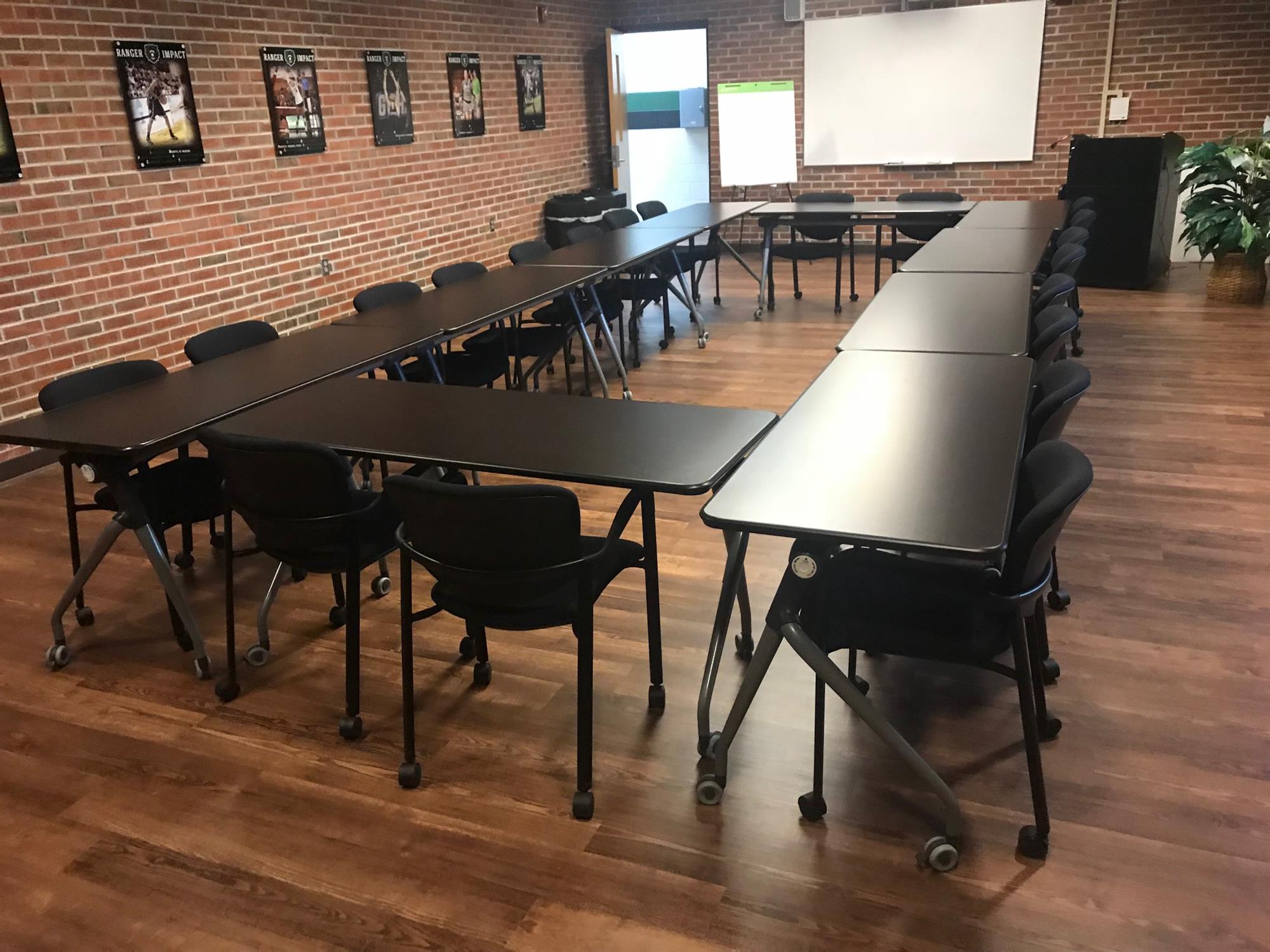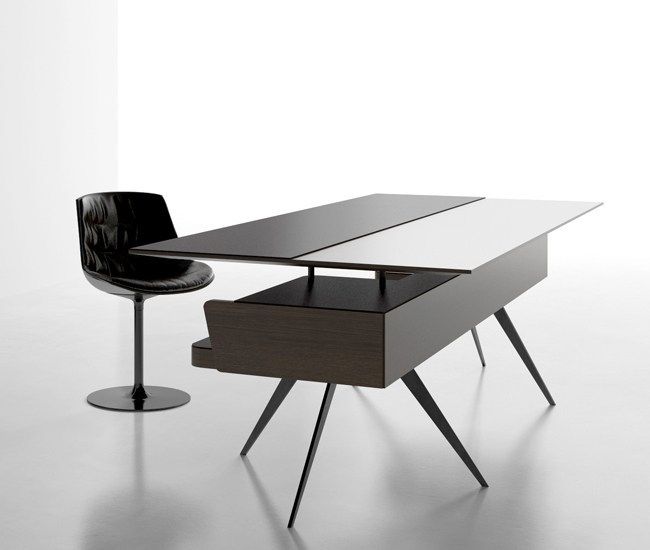Introduction
Park home furniture adds charm and functionality to your outdoor living space, creating a welcoming environment for relaxation, entertainment, and enjoying nature. However, exposure to the elements and regular use can take a toll on outdoor furniture, causing wear and tear over time. Proper maintenance is essential to prolong the lifespan of your park home furniture and keep it looking its best. In this comprehensive guide, we’ll explore effective maintenance tips and techniques to ensure that your park home furniture remains in top condition for years to come.
Understanding Your Park Home Furniture
Before diving into maintenance practices, it’s essential to understand the materials and construction of your park home furniture. Park home furniture is typically crafted from a variety of materials, including wood, metal, plastic, wicker, and composite materials. Each material has its unique characteristics and requires specific care and maintenance. Additionally, consider the design and features of your park home furniture, such as cushions, umbrellas, and accessories, as these may also require attention.

Cleaning Your Park Home Furniture
Regular cleaning is key to maintaining the appearance and longevity of your park home furniture. Start by removing any loose dirt, debris, or cobwebs using a soft brush or cloth. For wooden furniture, use a mild soap solution and water to gently scrub away dirt and grime. Avoid harsh chemicals or abrasive cleaners, as these can damage the wood’s finish. For metal furniture, such as aluminum or wrought iron, a mixture of mild detergent and water can effectively remove dirt and oxidation. Plastic furniture can be cleaned with a solution of water and mild dish soap, followed by rinsing with clean water.
Protecting Wood Furniture
Wood furniture adds warmth and natural beauty to park home settings, but it requires special care to maintain its appearance and integrity. To protect wooden furniture from the elements, consider applying a sealant or protective finish designed for outdoor use. This helps to repel moisture, prevent fading, and reduce the risk of rot or mold growth. Additionally, consider using furniture covers or storing wooden furniture indoors during inclement weather to prolong its lifespan. Regularly inspect wooden furniture for signs of wear, such as cracks, splinters, or discoloration, and address any issues promptly to prevent further damage.

Preserving Metal Furniture
Metal furniture is durable and resistant to weathering, but it still requires maintenance to prevent rust and corrosion. Apply a protective coating of outdoor-grade paint or clear sealant to metal furniture to create a barrier against moisture and oxidation. Check metal furniture regularly for signs of rust or chipping paint, and touch up any areas as needed to prevent further deterioration. Avoid placing metal furniture directly on damp surfaces, as prolonged exposure to moisture can accelerate rusting. Consider using furniture glides or pads underneath metal legs to protect outdoor surfaces and prevent scratching or damage.
Caring for Plastic Furniture
Plastic furniture is lightweight, affordable, and easy to clean, making it a popular choice for park home settings. To keep plastic furniture looking its best, clean it regularly with a mild detergent and water solution, and rinse thoroughly with clean water. Avoid using abrasive cleaners or scrubbing pads, as these can scratch the surface of the plastic. To prevent fading and discoloration, store plastic furniture out of direct sunlight when not in use, or use furniture covers for added protection. Inspect plastic furniture for cracks, brittleness, or signs of UV damage, and replace any damaged pieces as needed to maintain safety and structural integrity.

Maintaining Wicker Furniture
Wicker furniture adds a touch of elegance and texture to park home settings, but it requires special care to prevent damage and deterioration. To clean wicker furniture, use a soft brush or cloth to remove surface dirt and dust, and then gently scrub with a mild soap solution and water. Rinse thoroughly with clean water and allow the furniture to air dry completely before using or storing. Avoid using harsh chemicals or abrasive cleaners on wicker furniture, as these can damage the natural fibers. To protect wicker furniture from moisture and humidity, consider applying a coat of outdoor furniture wax or sealant, and store it indoors or under cover during rainy or humid weather.
Restoring Weathered Furniture
Over time, exposure to the elements can cause park home furniture to become weathered and worn. However, with the right techniques, you can restore weathered furniture to its former glory. For wooden furniture, sanding away the weathered surface and applying a fresh coat of stain or paint can revitalize its appearance. Metal furniture may require sanding to remove rust and oxidation, followed by priming and painting with rust-resistant paint. Plastic furniture can often be rejuvenated with a thorough cleaning and application of a plastic restorer or UV protectant. Wicker furniture may benefit from a deep cleaning and application of a protective sealant to restore its natural luster.

Inspecting for Structural Integrity
In addition to cosmetic maintenance, it’s essential to regularly inspect park home furniture for signs of structural damage or wear. Check for loose screws or bolts, cracked or splintered wood, bent or corroded metal, and frayed or weakened wicker strands. Address any issues promptly to prevent further damage and ensure the safety of users. Tighten loose hardware, repair damaged components, and reinforce weak areas as needed to maintain the structural integrity of the furniture. If significant damage is detected, consider seeking professional repairs or replacement to ensure the continued functionality and safety of the furniture.
Protecting Cushions and Fabrics
Cushions and fabrics add comfort and style to park home furniture, but they require special care to keep them looking clean and vibrant. To protect outdoor cushions from moisture and mildew, choose fabrics that are specifically designed for outdoor use and resistant to fading and water damage. Remove cushions from outdoor furniture during rain or inclement weather, and store them indoors or in a waterproof container to prevent mold and mildew growth. Regularly vacuum or shake out cushions to remove dirt and debris, and spot clean stains promptly with a mild detergent and water solution. Allow cushions to air dry completely before using or storing them.

Conclusion
Maintaining park home furniture is essential to preserving its beauty, functionality, and longevity. By understanding the materials and construction of your furniture and following proper maintenance practices, you can ensure that your park home furniture remains in top condition for years to come. From regular cleaning and protective treatments to inspecting for signs of wear and addressing issues promptly, investing time and effort in maintenance pays off in the long run, allowing you to enjoy your outdoor living space to the fullest.









